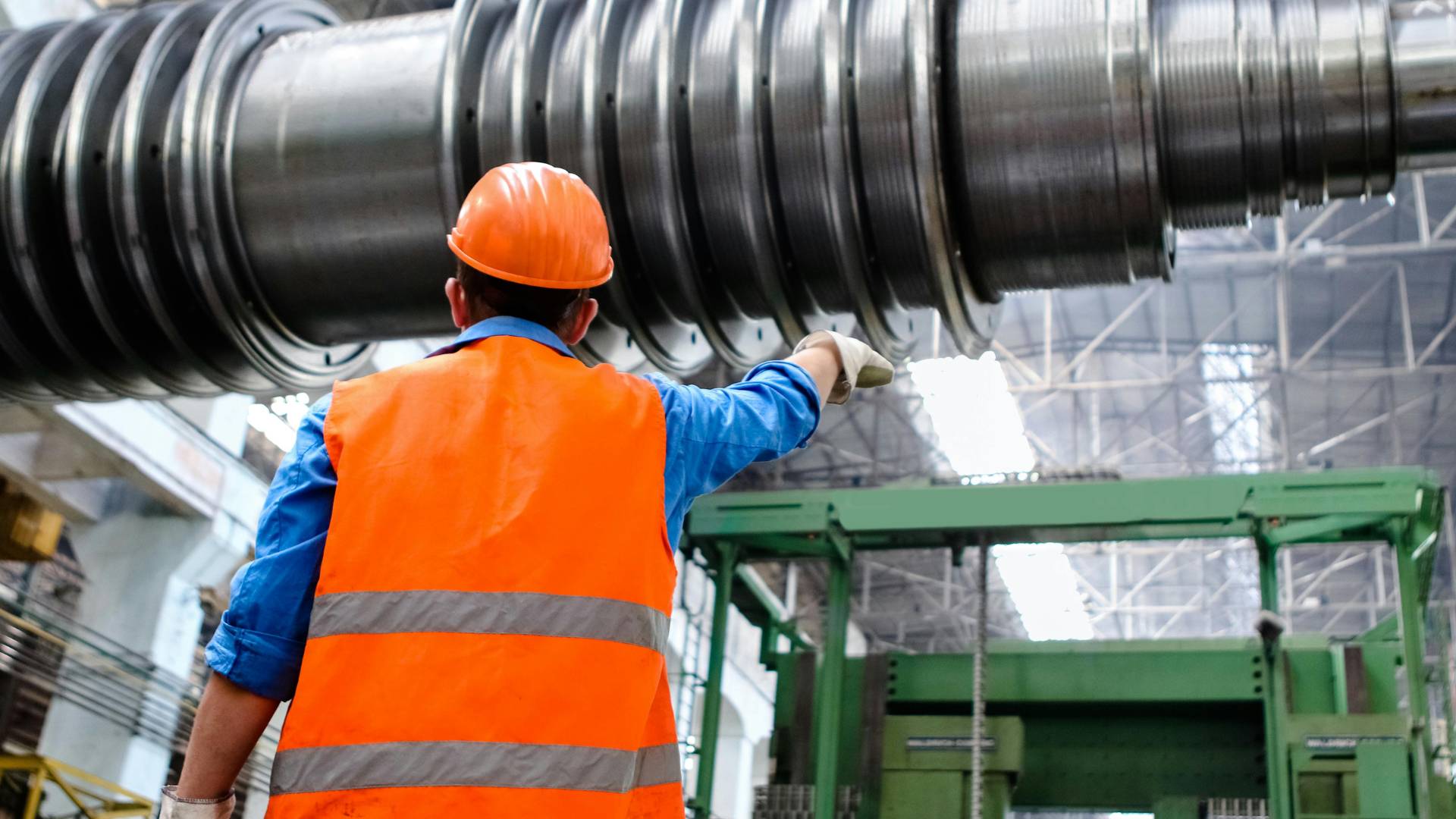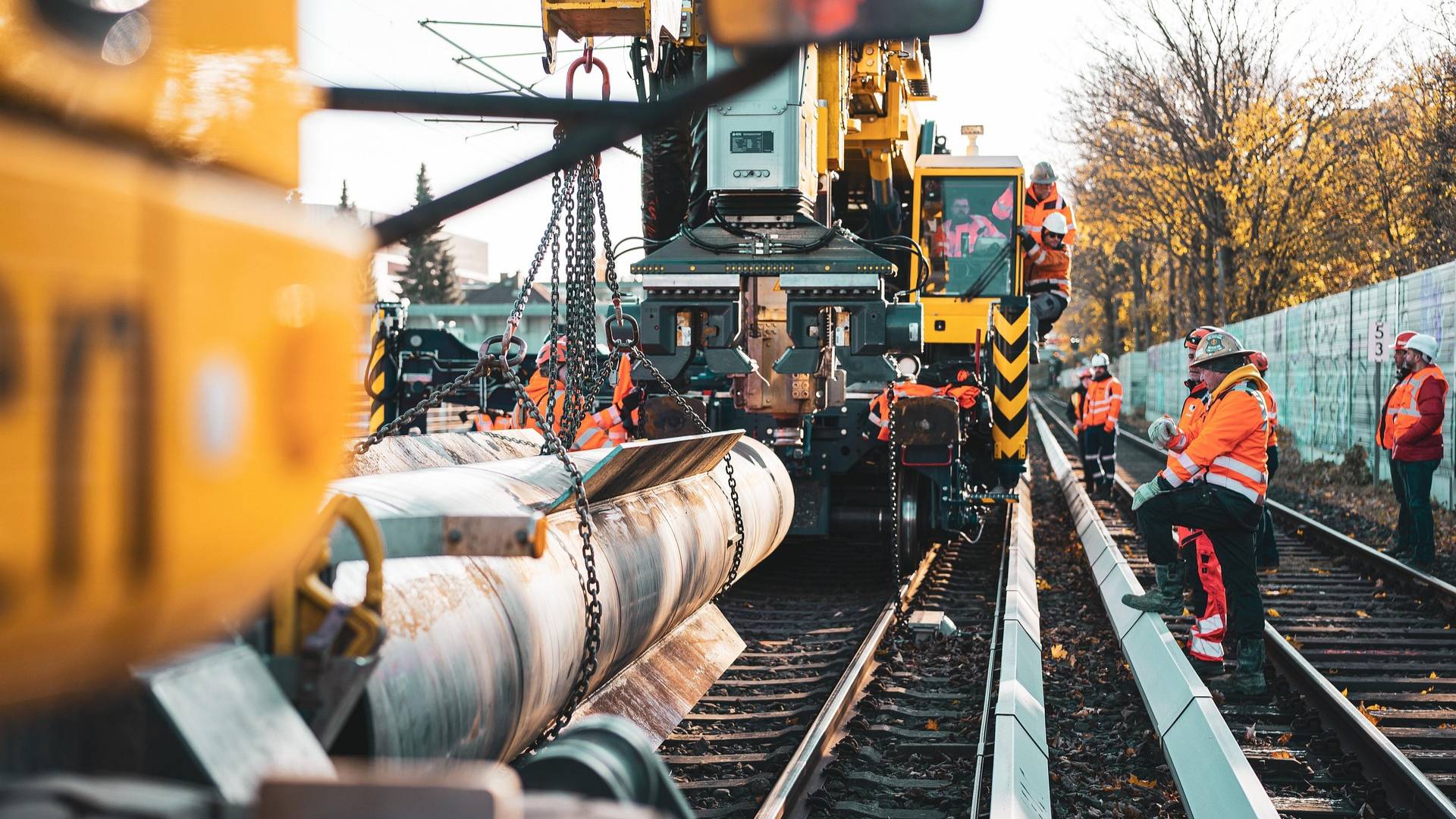Many companies hire construction machinery and equipment, as it can be more cost-effective than buying specialised equipment for specific projects. They can avoid large upfront costs and expensive maintenance by renting this equipment from a plant hire company. However, with renting heavy machinery comes an equally significant responsibility for health and safety. Our guide will outline the aspects of plant hire safety that you should know about, including manufacturers’ guidelines, proper training, suitable PPE, regular equipment inspections and potential hazards.
General Plant Hire Health and Safety
Plant hire companies should provide a formal handover, including instructions for safe use, servicing logs, and evidence of inspection or testing. Always request this documentation and ensure it’s understood by the operator. Plant hire safety is covered by the Provision and Use of Work Equipment Regulations 1998 (PUWER), which places responsibilities on businesses whose employees use work equipment. This equipment can be owned by the employer, rented, in the case of plant hire, or even brought in by employees. PUWER requires that work equipment should be manufactured or adapted for the purpose it is used for, only operated by those trained to and appointed to use it, regularly maintained and in a safe condition, and accompanied by suitable health and safety measures to minimise the risk of injury to operators. See the full list of PUWER requirements on the HSE website.
In addition to PUWER, lifting equipment must comply with LOLER (Lifting Operations and Lifting Equipment Regulations 1998) regulations, which require that all lifting operations are properly planned, supervised and carried out by competent people, with thorough examinations recorded.
Risk Assessment
As with other workplace health and safety guidelines, you have to conduct a thorough risk assessment. This will help identify what risks are present with the plant and how they can be reduced or eliminated. Plant equipment can have dangerous parts which require a physical guard in place to avoid injury during use. Some equipment is fitted with start-inhibit technology, so that it will not operate unless certain safety conditions are fulfilled, such as two-hand controls and pressure-sensitive mats. You should check that all machinery includes appropriate safeguards such as guards, emergency stop buttons, interlocks, two-hand controls and pressure-sensitive mats. Some safeguards can be awkward to use or easily overridden, leading to workers not using them, risking injury. If this is discovered, add it to your risk assessment and take appropriate action.
When setting up or installing plant machinery, make sure it is installed properly according to the manufacturer’s instructions. Static machinery should be stable and usually requires clamping or fixing so it cannot move during use. During your risk assessment, consider potential risks from power supplies. Ensure the machine can be switched off, isolated and locked off before undertaking any maintenance, cleaning or repairs. Ensure all machinery is stored in a secure, stable position with keys removed and immobilised to prevent unauthorised use or theft. Consider fencing off areas or using GPS trackers for additional safety and security.
Inspection of Machinery

All machinery and heavy plant equipment should be inspected regularly, and a visual check should be performed each day before use. The details of these inspections and their frequency should be guided by your risk assessment. The results of each inspection should be recorded and made available to any enforcing authority upon request. Smaller pieces of equipment can be tagged or labelled to indicate their suitability for use following an inspection. Points of inspection could include:
- Quick checks before use of brakes, lights and power supply
- Check of present safeguards and their functionality
- Weekly vehicle checks for safety devices, tyre pressures, condition of windows, mirrors and CCTV
- Close examination of safety harnesses, ladders and other equipment for working at height
- PAT testing of smaller pieces of equipment
These are just some examples of the kind of checks that should be done – again, refer to your risk assessment and manufacturer’s instructions for further guidance.
Plant Equipment Training
All employees who will be using machinery and plant equipment should receive adequate training to make sure they have the skills, knowledge and experience required. Anyone using a machine should be physically and mentally capable of operating it safely. This means that any unauthorised person, visitors, unqualified and untrained employees should not use such machinery. Many pieces of equipment should not be used by anyone unless supervised, in case of an accident. Supervisors also require additional training and qualifications to be effective. Depending on the type of equipment, operators may need formal certification such as CPCS (Construction Plant Competence Scheme) or NPORS (National Plant Operators Registration Scheme).
PPE and Suitable Clothing

Some plant equipment and machinery require operators to wear PPE such as steel-toe-capped shoes, hard hats, safety glasses, high-visibility vests, gloves, and hearing protection. Your risk assessment and manufacturer’s instructions should provide guidance on what PPE is needed for each piece of equipment. All workers should avoid wearing long, loose clothing, rings and other jewellery and wear long hair tied back securely. These can all get caught in the moving parts of a machine and lead to injury.
Site Safety
Plant hire can involve vehicles such as excavators, telehandlers, tractors, forklifts, cranes and other vehicles that could be moving around during operation on the worksite. You should have health and safety guidelines in place for site safety around vehicles, including a maximum speed while on site, designated paths and high-visibility clothing for workers on foot. Often, plant vehicles can present more hazards than cars or vans, thanks to factors including reduced visibility and increased height, e.g. some vehicles may need a ladder to access the cab. Ensure all plant vehicles are stable under all foreseeable working conditions, the cab and other working locations on the vehicle can be accessed safely, and the headlights, brakes, horn and reversing alarms are all functional before use. Consider implementing a formal traffic management plan to separate pedestrian and vehicle routes, use banksmen where needed, and ensure clear signage and barriers are in place.
Plant hire can bring significant benefits to construction and industrial projects, but it also comes with serious health and safety responsibilities. From complying with PUWER and LOLER regulations to ensuring proper training, equipment checks, and site safety procedures, it’s vital to have robust processes in place. A proactive approach not only protects workers but also helps avoid costly delays, fines, or accidents.
If you’re unsure whether your current setup is compliant or need some help creating a tailored safety plan, get in touch with us here at Optimum Safety for expert advice and peace of mind – call us on 01522 527544 or see our contact page here.

